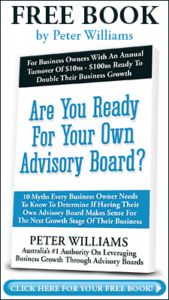As if prospective employers and employees alike didn’t have enough criteria upon which to base their assessments of each other, we now have another metric that’s taking human relations departments and hiring personnel by storm: The Adaptability Quotient (AQ).
As we know, for years the Intelligence Quotient (IQ) ostensibly measured the intelligence and knowledge a person possesses. Some years back, the Emotional Quotient (EQ) came along. This measures one’s emotional understanding and their ability to deal with varying situations and people.
Prospective employers are now beginning to look at the AQ as another measure for gauging the potential performance of their candidates for employment. AQ is said to measure one’s ability to thrive in an environment of change, challenges and adversity. This would include an employee’s way of handling pressure and setbacks, and their ability to learn from them constructively.
The modern world has catalysed this interest, based on the new global culture and increased pressures in the business world and the workplace. Employers have naturally keyed in on these metrics and have expressed a desire to quantify them in a reliable way.
How do you measure adaptability? Well, while there have been some interesting studies done on AQ, there are no compelling tests available yet, such as the standard IQ test or Myers-Briggs sorts of tests, and much of the available data at present is still anecdotal. High employee turnover rates and the frequency of career change that began in the 1970s and 1980s gave rise to a more resilient workforce and an environment in which employees are more expectant of adversity and change.
The good news for prospective employees lies in the fact that while you can’t change your IQ, you can change your AQ, or become more adaptable. This also indicates that employers may be looking more closely at abstracts in their assessment of candidates, rather than just what appears on their CV.

